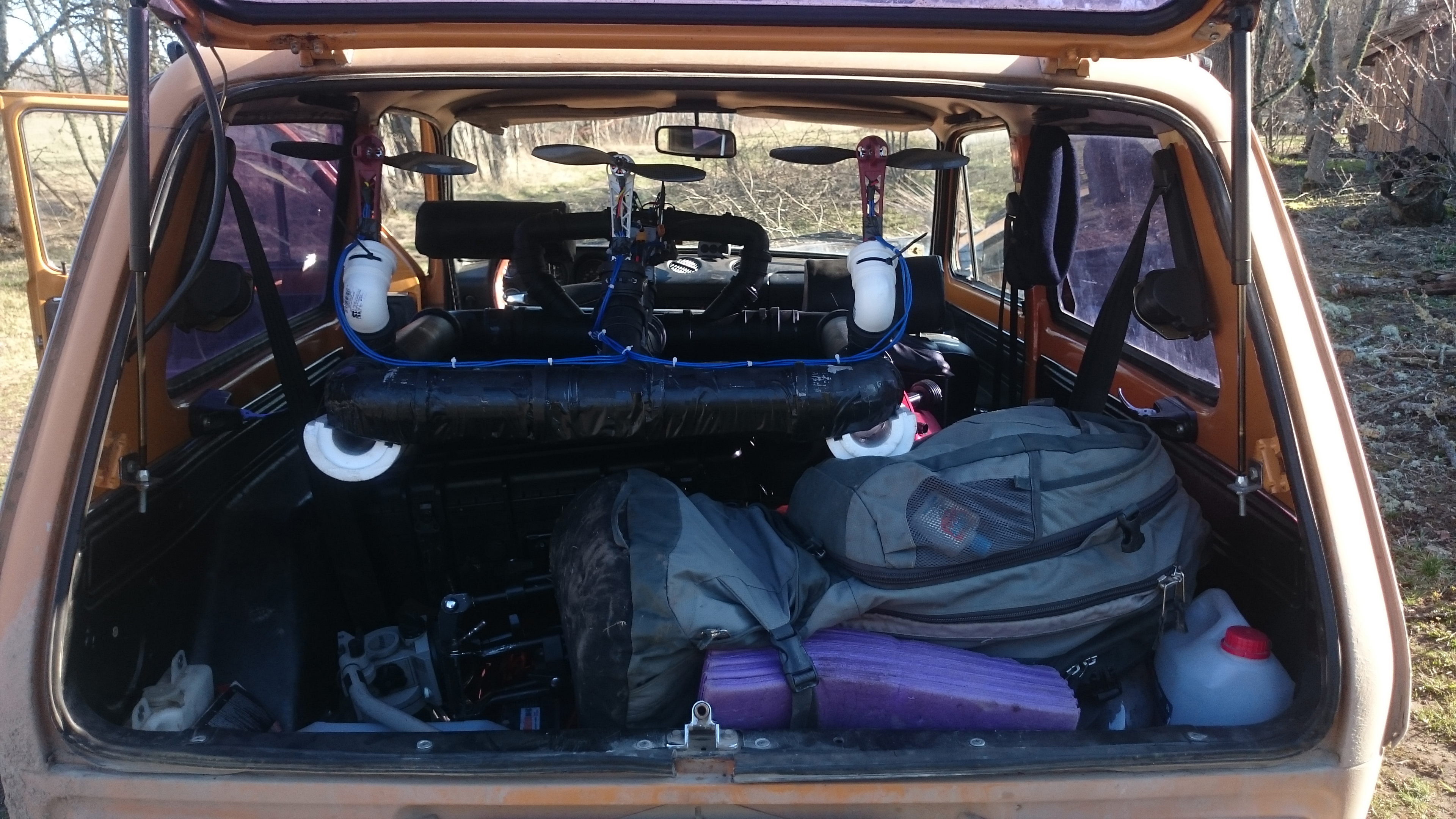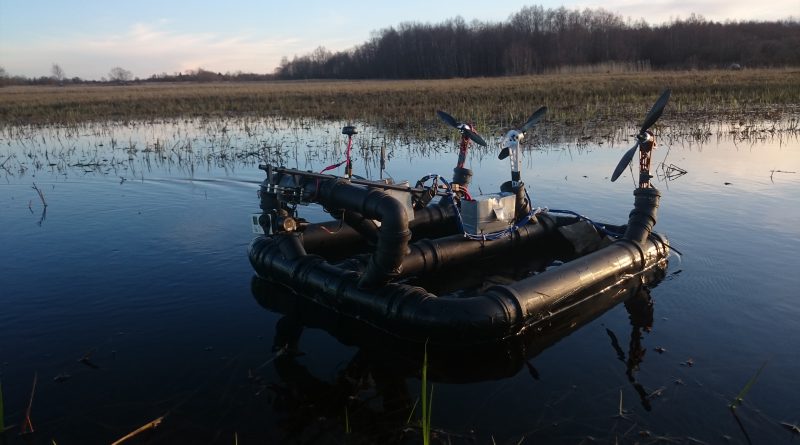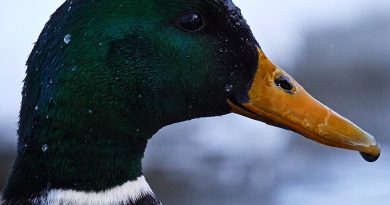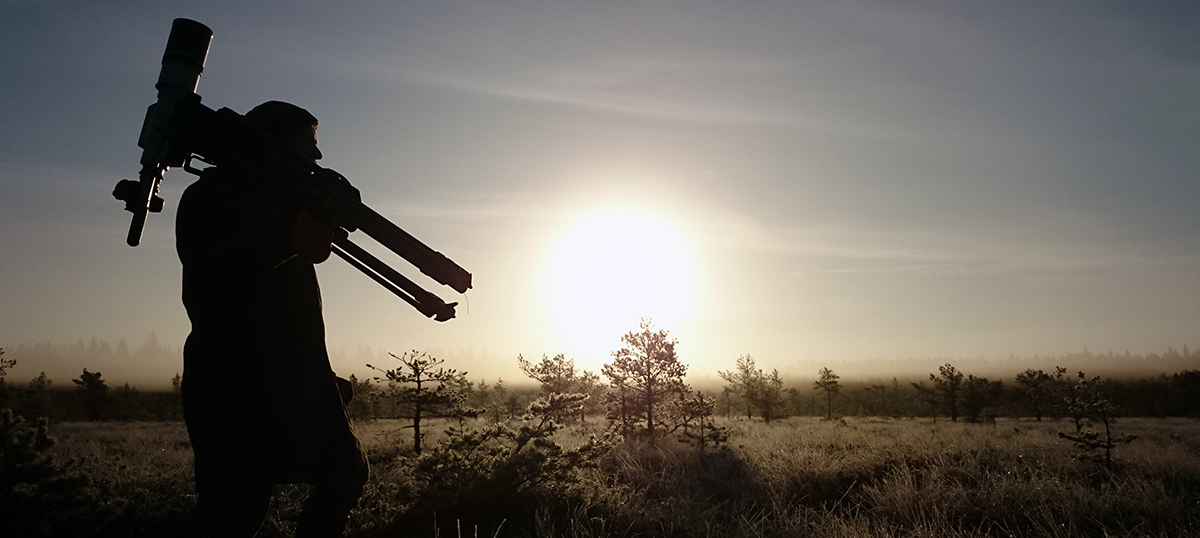HydroCam prototype
In spring 2016 me and Joosep were trying to film ducks on a flooded field close to an river. Since everything was flooded it was hard to move by feet and the splashing sounds from walking made it even harder. Ducks are surprisingly easily scared in the wild. Nothing like the city ducks in the parks. they are easily scared and the fields are vast so every time we tried to approach them they just changed location. That’s when I started to play with the thought about having some kind of a remote controlled raft where I could attach a camera and move it closer to the ducks.
Since I didn’t really know where to start i improvised. I found some parts of an old drone what i crashed last winter. These could be the heart of the machine. For the body, or raft i was thinking about some kind of big foam boards but didn’t find any at the local hardware store. instead i found some PVC pipes what people use in their bathrooms. i bought some pipes and some L and T connectors and built a frame. I glued everything together and threw it in the closest ditch and realized quite fast that it’s pretty heavy and the pipes were not aerodynamic enough. (I wonder if you can use that word when it’s supposed to be in the water, but anyway)
I found some foam boards which i water resisted with duct tape and then taped everything under the frame with the thought to give it a bigger surface area against the water. Now it floated much better. The next task was to get all the electronics on board + the camera.
First i used two 920kv motors spinning 10″ props thinking to use them for pushing the raft forward but in the end I realized i didn’t have any pusher props so i had to change the direction of the engines. They were located at the far back end of the raft and when i fired them up the whole raft rapidly dived in the ditch. This many would have probably anticipated but I was somehow lost in a kind of inventor mode so i just tried and failed and tried again.
Once the motors were spinning in the right angle and moved closer to the center of the raft everything seemed to work pretty well. I then connected them to my RC radio and set up the motors as in differential thrust mode, meaning that if i want to turn left the right side motor will spin faster than the left one and if i want to turn right then the left motor will spin faster than the right one.
I wanted to make a neat build so i used some old cardboard boxes which i water sealed again with duct tape. I wanted to hide all the ESC:s somewhere so i put them in the same box as the Receiver and all the slack cable. Which of course resulted in overheating and one ESC burnt up damaging my receiver. So I had to replace the ESC and hang them somehow outside of the box so they could get enough cold air around them.
Finally the raft was ready. I made some test runs in the ditch and everything seemed to work well. I attached a gopro and was very disappointed with the footage. even though there weren’t that much shake there was a lot of jello and the horizon shifted too much when turning. Now i had been building this machine for over 2 days in a row and I really wanted it to work as planned so I sacrificed my number one drones gopro gimbal for this project. Electronics and water is not a good combination as everyone knows so it was a bit risky.

And very very close it was the everything was lost in a second. Since a gimbal now was hanging in the front putting more weight and distributing it too far front the whole raft made that diving thing again. I still don’t know how the gimbal and the gopro survived it but i must have been lucky since everything still worked. I had to disconnect everything and dry it in the sun for a cuple of hours before continuing. I solved it in a stoneage kind of way. I just put stones in the back of the raft and voila it worked again.
The first real test i made a bit further away where there was a nice flooded small field. i started happily driving it around and everything actually worked for once. then something happened and it got stuck and i couldn’t get it back. The problem with differential thrust is that this setup is designed to always only go forward and now i really needed a way to go backwards instead.
There might have been many different ways to solve it. but i had still more parts lying around so i simply just put another motor faced in the opposite direction and linked it under a separate switch on my radio. So if i get stuck again then i just flip the switch and i get back. Works well even today.
So Finally the day to start filming those ducks for what i built and sacrificed 4 days for. The duck location was around 30km away and I had been so occupied with my building so i had not gone back there since then. Once i arrive i realize that there’s no flood anymore!! All the ducks had left somewhere who knows and the only poor creature left in the vicinity was a shy beaver who didn’t like me or my machine very much.
So in the end I never had the opportunity to test it for what it was built for. I filmed a bit in the river, trying out the controls and camera movements and the result looks stable and it’s even pretty easy to make a smooth movement in a streaming river. So I “think” that the build was a success and i can try to use it next year again. For real this time.
I call it a prototype since it would be so much nicer to have a “real” camera on it and motors i could submerge for making it less noisy.
Let’s see what the future brings. All in all the project was fun and creatively very satisfying.
Here’s a video of some of the test footage i shot
:
Enjoy!









